We may earn money or products from the companies mentioned in this post. This means if you click on the link and purchase the item, I will receive a small commission at no extra cost to you … you’re just helping re-supply our family’s travel fund.
Travel holds the promise of enchanting discoveries, iconic landmarks, and vibrant cultures. You meticulously plan your itinerary, dreaming of picture-perfect moments in places celebrated worldwide. Yet, the world is ever-changing, and some destinations, despite their enduring popularity, have become surprisingly perilous. The very allure that draws you in might now mask hidden risks, from escalating crime to political instability or environmental hazards. Understanding these evolving dangers is no longer just cautionary; it’s essential for safeguarding your journey and ensuring your adventure remains truly idyllic, not alarmingly dangerous.
1. Death Road, Bolivia

You might know Bolivia’s North Yungas Road by its ominous nickname: “Death Road.” This 43-mile switchback connecting the Amazon rainforest to La Paz gained its reputation for terrifying reasons. Until 1994, it claimed nearly 300 lives annually due to dense fog, treacherous landslides, cascading waterfalls, and sheer 2,000-foot cliffs. While a new road offers a safer route, the old “Death Road” remains a stark reminder of extreme danger. Its hairpin turns were too narrow for the heavy truck traffic of merchants, leading many to plummet to their demise.
2. Snake Island, Brazil
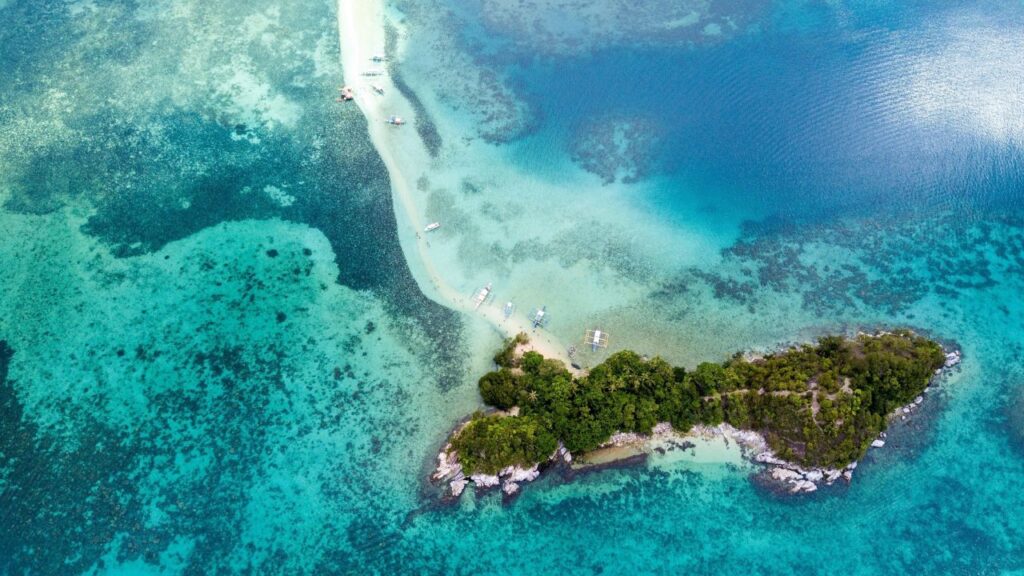
Imagine an island so perilous, your government forbids anyone from stepping foot on its shores. That’s Ilha da Queimada Grande, or “Snake Island,” located just 25 miles off Brazil’s coast. Local rumors chillingly recall a fisherman found lifeless, adrift in a pool of blood, after straying too close. The island’s overwhelming threat comes from the golden lancehead viper, one of the world’s deadliest serpents. This island isn’t just dangerous; it’s a testament to nature’s untamed and lethal power, truly the deadliest place on Earth.
3. Lake Natron, Tanzania
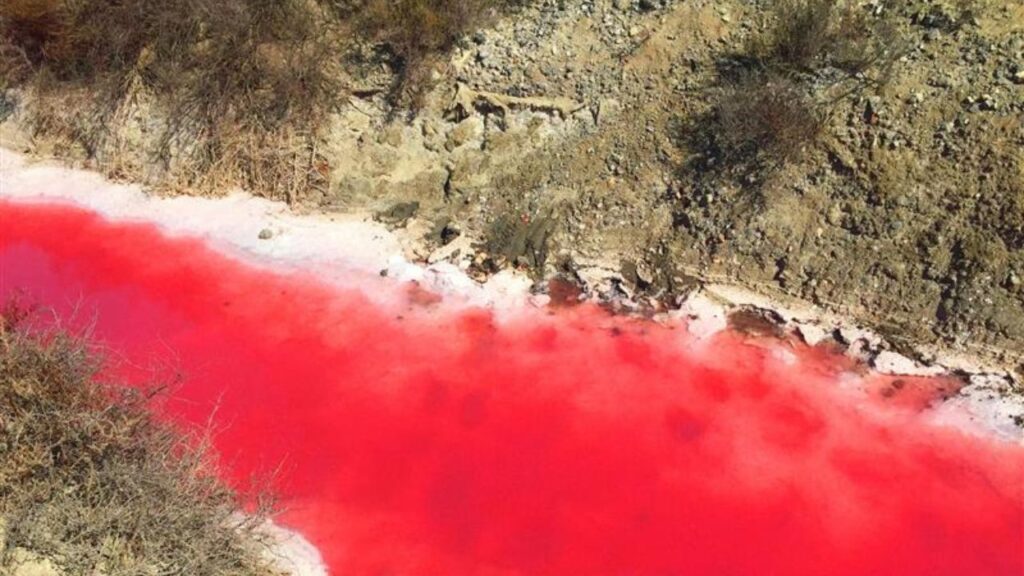
Don’t let the seemingly tranquil ring of salt marshes along Lake Natron’s edge deceive you; this North Tanzania lake is one of Earth’s most inhospitable areas. It looks and acts ominously like a lake of fire. The water’s extremely high levels of Natron (sodium carbonate decahydrate) make it intensely corrosive to human skin and eyes, often reaching a pH level over 12. While its unique pink-red hues come from red-colored bacteria, this beauty hides a truly dangerous, caustic environment that most species cannot survive.
4. Oymyakon, Russia
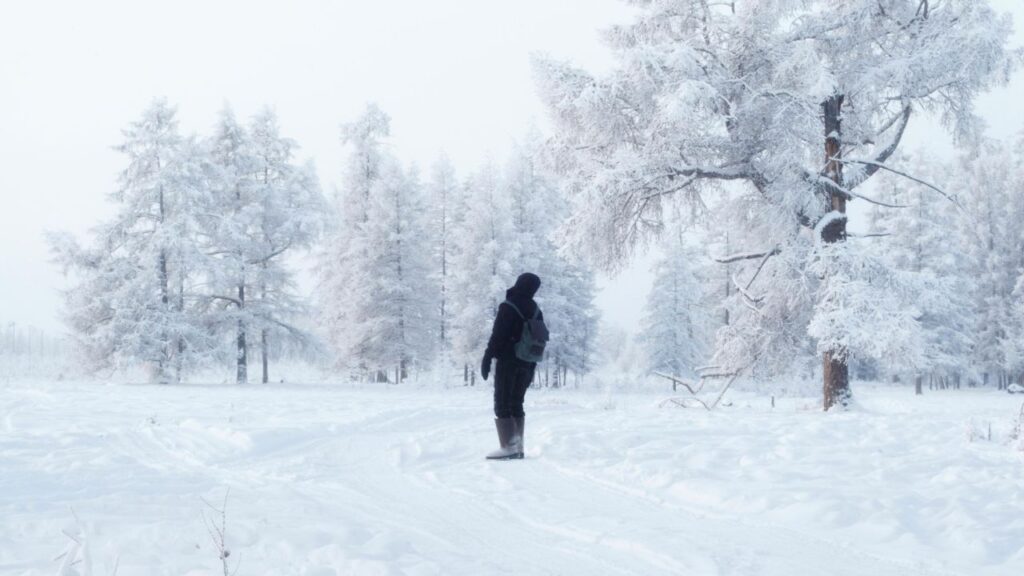
Picture a small Russian village where life itself seems to defy possibility due to extreme cold. Oymyakon, located in the Oymyakonsky district, is considered one of the most dangerous places on Earth because of its brutal, sustained climatic conditions. Temperatures plummet as low as -40 degrees Celsius (-90 degrees Fahrenheit), making safe visitation almost impossible for outsiders, as very few can survive such extreme cold. Beyond the chilling temperatures, the scarcity of fresh food, with no vegetables able to grow, presents another major challenge to survival for its resilient 500 residents.
5. Death Valley, USA
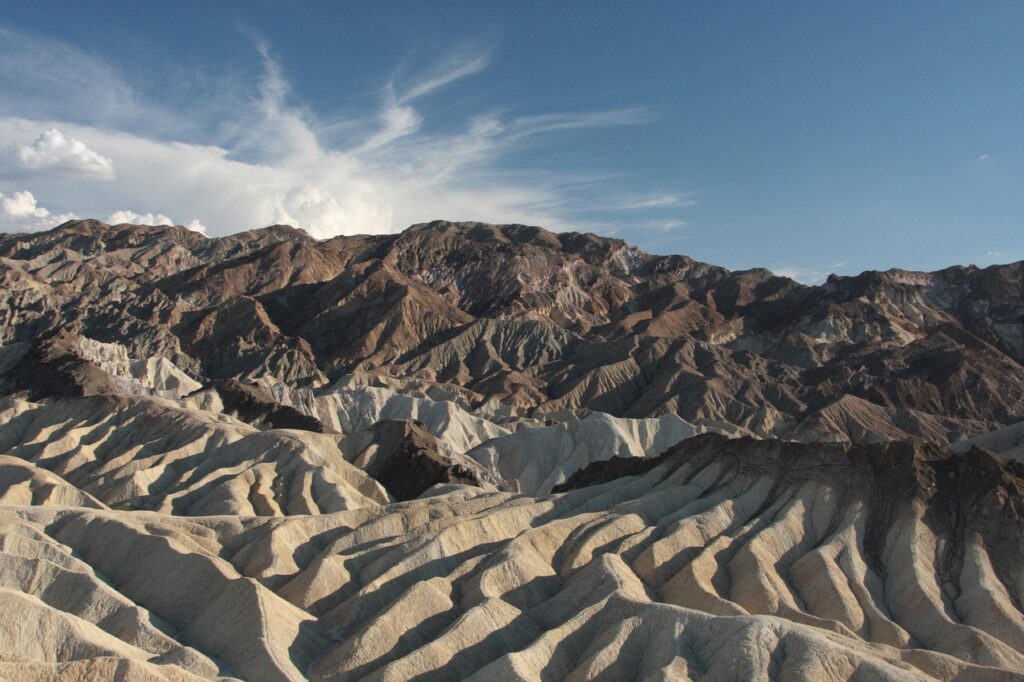
Imagine a desert valley straddling the California and Nevada border, known globally as one of the hottest places on Earth. Death Valley experiences extreme heat that rivals only a few deserts in the Middle East and Africa during peak summer. In July 2018, it recorded its hottest month ever, with an average temperature of 108.1°F, and daily highs hitting an astounding 127°F for four consecutive days. The valley earned its ominous name from a band of settlers lost there in the winter of 1849-1850, who believed it would be their cemetery, a powerful testament to its unforgiving nature.
6. Skeleton Coast, Namibia
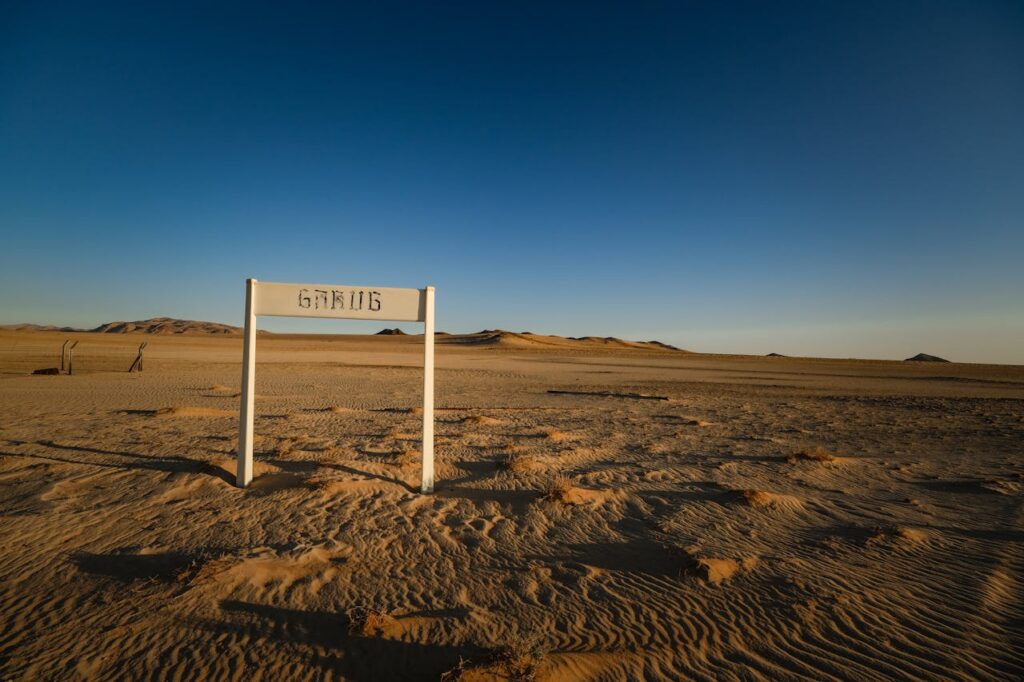
Stretching from southern Angola to northern Namibia, the Skeleton Coast truly lives up to its macabre name. This desolate stretch, extending from the Kunene River to the Swakop River, ranks among the deadliest places on Earth due to its utterly harsh climate, offering almost zero chance of survival. The relentless hot winds, combined with a severe lack of food and water, make exploration incredibly difficult for even the most prepared travelers. Beyond the brutal natural conditions, the area is grimly dotted with the bones of countless animals, adding to its eerie, silent appearance.
7. Danakil Desert, Ethiopia
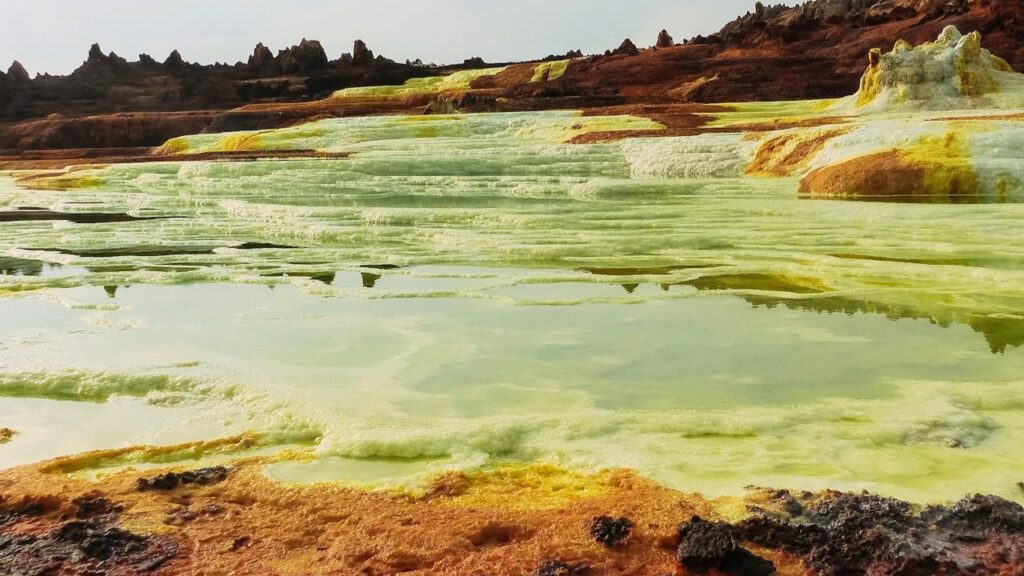
Envision one of the most uninhabitable environments globally: the Danakil Desert in East Africa. This volcanically active area presents extreme dangers to any visitor. Temperatures regularly soar above 50°C (122°F), while active volcanoes and geysers spew highly toxic gases into the atmosphere. Even a short stay can severely impact your physical health due to the intense heat and high concentrations of poisonous sulfur vapors. The air temperature here rarely falls below 50 degrees Celsius, making the Danakil Desert an incredibly perilous and alien landscape, truly unfit for human habitation.
8. Gates of Hell, Turkmenistan

Deep in the Karakum Desert, about 260 kilometers north of Turkmenistan’s capital, lies the Darvaza Gas Crater, chillingly known as the “Gates of Hell.” This natural gas field within an underground cave was intentionally set on fire by geologists in 1971 to prevent dangerous methane gas from spreading, and it has been burning continuously ever since. Locals gave this inferno its evocative name, referring to the explosion, boiling mud, and constant orange flames erupting from the large crater, which spans 70 meters in diameter. It’s a surreal, fiery spectacle, confirming its place among the world’s most dangerous sites.
9. North Sentinel Island, India
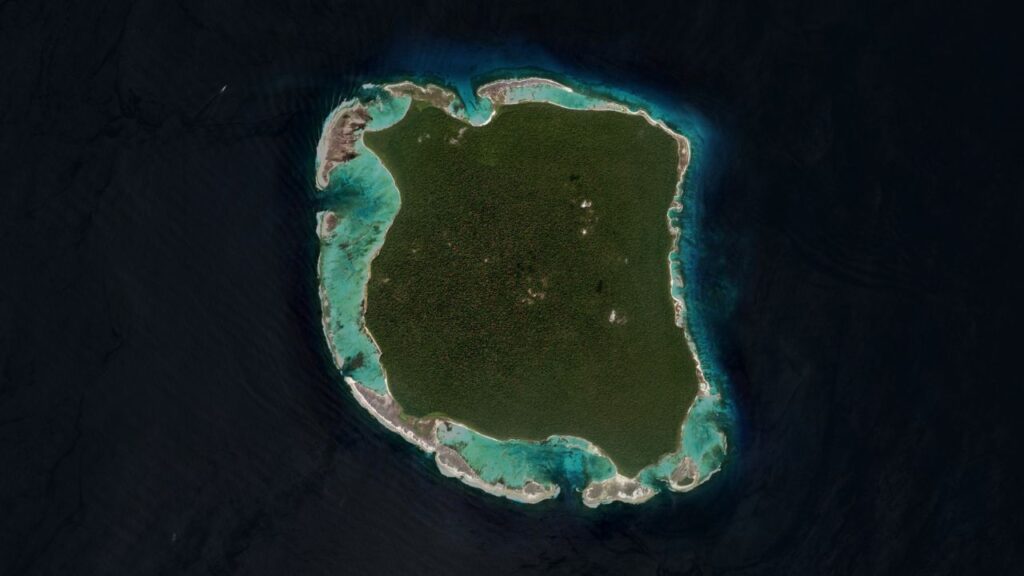
Imagine an island where contact with the outside world is met with fierce, unyielding resistance. North Sentinel Island, part of the Andaman Islands, is considered one of the most dangerous places globally for tourists. The native Sentinelese people live traditionally, rejecting all attempts at connection. If outsiders step foot on their island, they are perceived as an immediate threat, leading to acts of violence. Furthermore, visiting poses a severe risk to the tribal community itself, as they have absolutely no immunity to common diseases carried by tourists, which could devastate their entire population.
10. Madidi National Park, Bolivia

Madidi National Park, sprawling across 19,000 square kilometers along the Amazon River in Bolivia, might seem like a jungle paradise, but it harbors hidden dangers. This dense forest teems with an astounding variety of flora and fauna, including numerous plant species that are highly poisonous and inedible. The park is also filled with formidable predators, making it exceptionally dangerous for tourists to explore without highly experienced, local guides. As one of the world’s largest protected areas, it houses highly dangerous animals, birds, and plants, solidifying its place among Earth’s most perilous yet biodiverse destinations.
11. Caracas, Venezuela
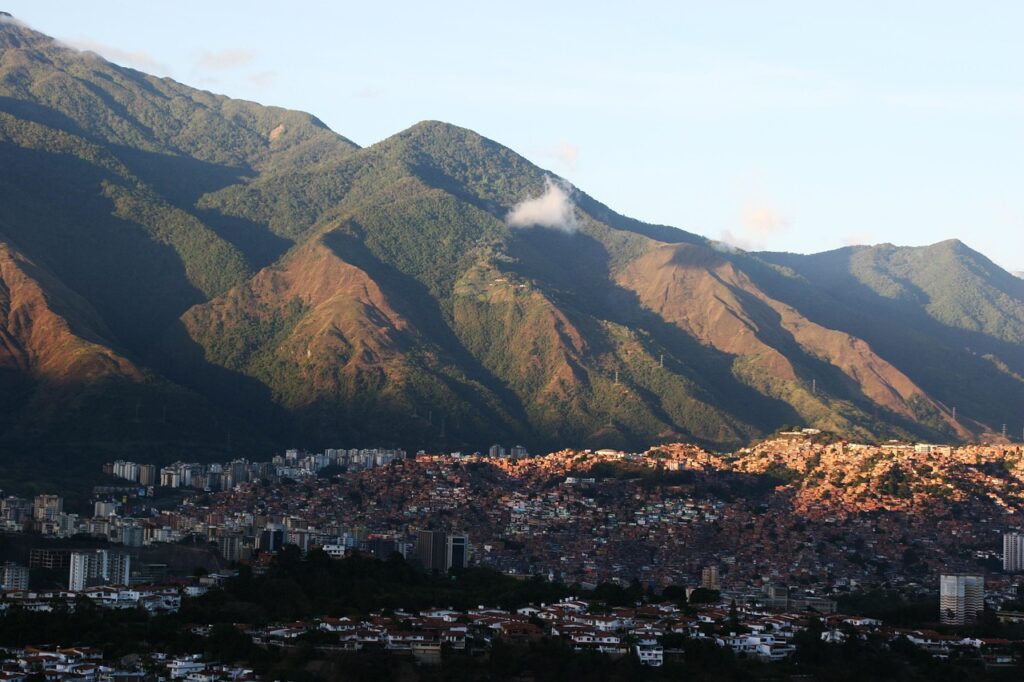
Caracas, Venezuela’s vibrant capital, once drew travelers with its stunning mountain backdrop and lively culture. However, political instability, severe economic crisis, and widespread social unrest have transformed it into one of the world’s most dangerous major cities for visitors. High rates of violent crime, including armed robbery, kidnapping, and murder, are pervasive, often targeting tourists perceived as wealthy. Basic infrastructure is frequently unreliable, and political protests can erupt suddenly and turn violent. Traveling here now requires extreme caution and a deep understanding of the volatile local realities.
12. Acapulco, Mexico
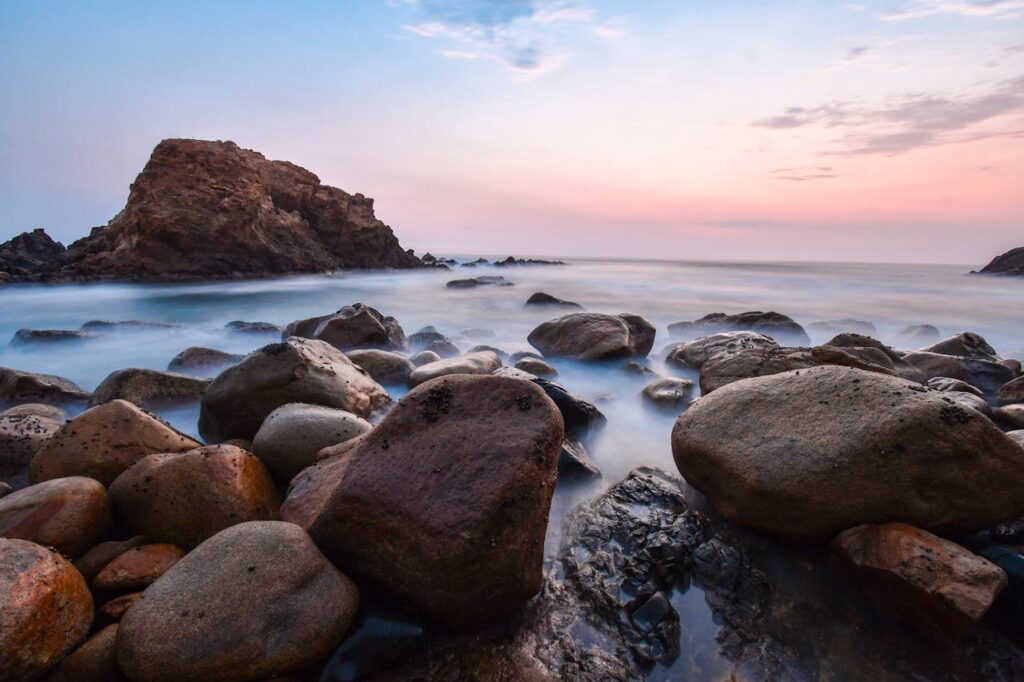
Acapulco, once Mexico’s glittering Pacific resort synonymous with Hollywood glamour, has regrettably become a casualty of escalating organized crime and drug-related violence. While the city’s golden beaches and dramatic cliffs still beckon, a surge in homicides and violent clashes between rival cartels has cast a dark shadow over its reputation. Tourists are often caught in the crossfire or targeted for robbery, especially off the main resort areas. The lingering allure of its past contrasts sharply with its current perilous reality, demanding extreme vigilance from any visitor considering a trip.
Other Blog Posts You Might Enjoy
www.idyllicpursuit.com (Article Sourced Website)
#Popular #Destinations #Surprisingly #Dangerous #Idyllic #Pursuit
